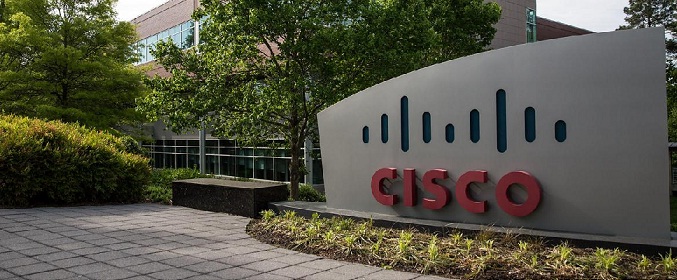Technology
Cisco Contributes Silicon Reference Design for Unprecedented Performance Increase in Cable HFC Plants

Full Duplex DOCSIS Enables Fiber Optic Capacity Over Existing Cable Plant Infrastructure
To further industry advancement with Full Duplex DOCSIS technology, Cisco unveiled an innovative silicon reference design it is contributing to the cable industry at large, which will enable fiber optic capacity over coaxial cable.
Full Duplex DOCSIS technology will help cable operators deliver even greater performance from their installed hybrid fiber coax (HFC) plant for decades. Although new access deployments are utilizing fiber, millions of existing cable customers currently receive services over HFC technology.
By deploying an architecture leveraging Full Duplex DOCSIS capacity, both business and residential customers can enjoy multi-gigabit speeds without waiting for fiber services to be offered in their area. Cable operators can prioritize their capital investments to deliver new services such as faster Internet, faster uploads of 4K video, security and managed business services instead of replacing the existing HFC plant with fiber-to-the-premise (FTTP).
Full Duplex DOCSIS also offers the possibility for cable operators to support symmetrical (same speeds both upstream and downstream) cable Internet services and video using a simplified and potentially virtualized all-IP architecture.
More than 20 Cisco engineers, who committed to research and development over the last two years, have developed a validated reference design for a digital echo canceler that maximizes the use of HFC capacity. They have defined a multi-slice scalable echo canceler (EC) for the Full Duplex DOCSIS specification that seamlessly integrates with the Cable Modem Termination System (CMTS) architecture. The technology is scalable for a return path from 200 MHz (1.7 Gbps) to 1.2 GHz (10 Gbps).
This technology will be first demonstrated today at the private CableLabs Summer Conference in Keystone, Colorado through August 9, 2016. This project is one of many in a roadmap of innovation that Cisco has provided to the cable industry and Open Source communities, including Fast data – Input/Output (FD.io) and OpenRPD announced earlier this year.
“By making this royalty-free design available to the industry, we can help our cable customers evolve to more rapidly deploy virtualized, fiber-deep, and all-IP infrastructures,” said John Chapman, Cisco fellow and CTO, Cable Access Business. “We hope to accelerate the transformation of the cable industry to deliver multi-gigabit speeds and new high bandwidth services and products, and in the near future, customers can begin to enjoy the benefits of Full Duplex DOCSIS technology.”
“DOCSIS 3.1 Full Duplex with up to 50 times more upstream capacity than today and echo cancellation technology, is further evidence that DOCSIS and the cable network itself has a long, useful life ahead,” said Jeff Finkelstein, executive director, Network Strategy, Cox Communications. “The work being done on Full Duplex by the MSO, vendor and CableLabs team shows that the cable network will continue to evolve and deliver high bandwidth services for many years, enabling our customers to enjoy the services most important to them to meet their future needs.”
“As we continue adding new DOCSIS 3.1-powered gigabit markets and customers across our footprint, we’re excited to see that the pace of innovation is still accelerating ahead,” said Dr.Robert Howald, vice president, Network Architectures, Comcast. “Full Duplex represents an important evolutionary step for DOCSIS 3.1, and we are actively participating with CableLabs and industry partners on this key initiative.”
About Cisco
Cisco (NASDAQ: CSCO) is the worldwide technology leader that has been making the Internet work since 1984. Our people, products, and partners help society securely connect and seize tomorrow’s digital opportunity today. Discover more at newsroom.cisco.com and follow us on Twitter at @Cisco.

























































